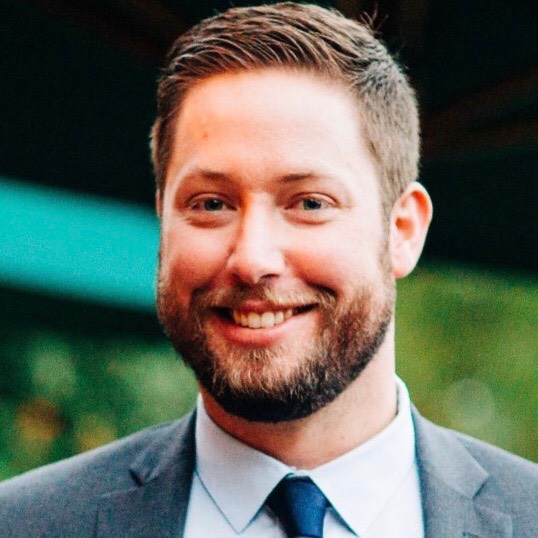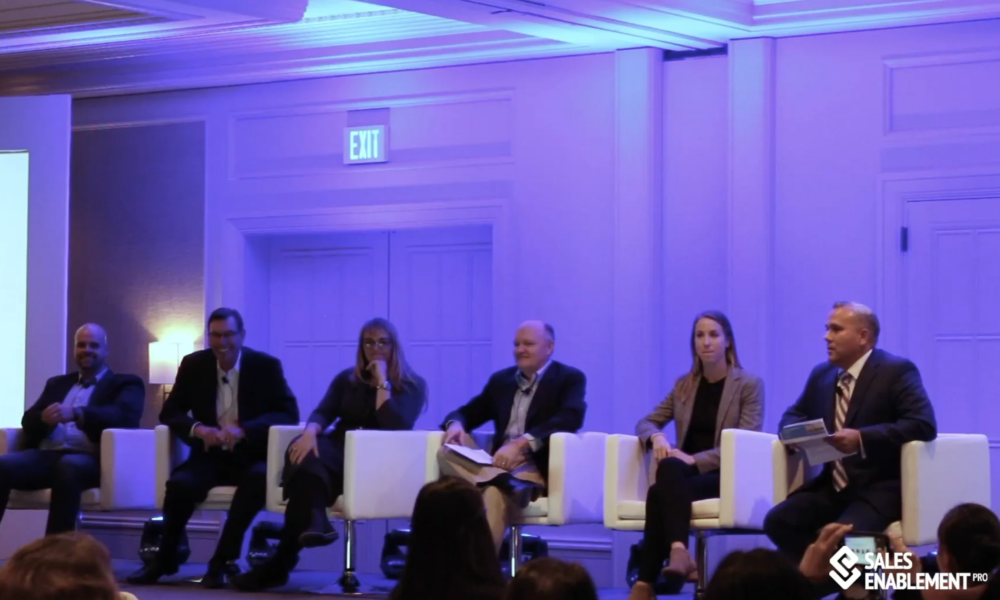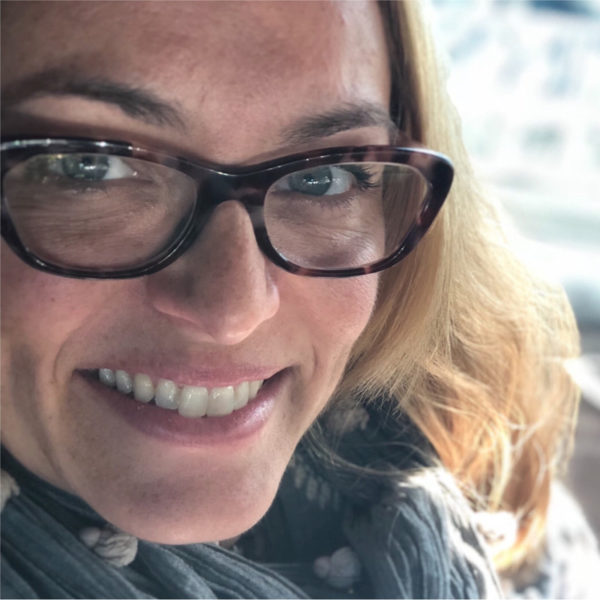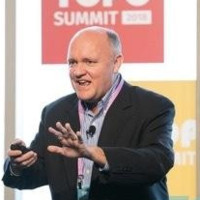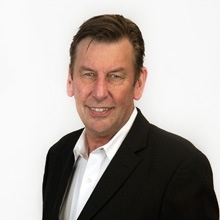Episode 93: Evan Carlton on What Good Sales Coaching Looks Like
5.5K Views | 23 Min Read
Shawnna Sumaoang: Hi, and welcome to the Sales Enablement PRO podcast. I am Shawnna Sumaoang. Sales enablement is a constantly evolving space and we’re here to help professionals stay up to date on the latest trends and best practices so they can be more effective in their jobs.
Today, I’m excited to have Evan Carlton from the Sales Development Coach join us. Evan, I would love for you to introduce yourself, your role, and your organization to our audience.
Evan Carlton: Yeah, thanks, Shawnna. I appreciate you having me on. So, I am the founder and principal consultant at the Sales Development Coach. I provide sales development advisory and coaching services to businesses requiring more strategic advisory services.
Perhaps their existing sales developing organization needs to improve its performance or efficiency, or perhaps they don’t have an internal sales development organization and they need to start generating more pipeline. I also provide tactical coaching services for sales development leaders, as well as SDRs and practitioners who are looking to, again, enhance the performance of their teams, perhaps improve their career growth, or just make a ton of money and smash quota next month.
SS: Fantastic. And you also come with a sales enablement background, which is fantastic because I think that you can speak to the importance of sales coaching from both perspectives, both on the sales enablement side, as well as on the front lines. So, I’d love to hear from your opinion, what makes a good sales coach?
EC: Well, there are so many factors that play into that, right? I think the biggest thing is often the same thing that makes someone an effective teacher, which is one, making sure that you really are keeping up to date on the best practices, advancements, et cetera, right? You can’t be just preaching best practices that worked when you were selling copiers in the nineties. You need to be keeping up to date with current events.
So, that’s probably the first thing, but then also understanding the way that each of your ‘mentees’, if you will, learn. So, taking the time to understand how they’re motivated, what their learning style is, how they respond to feedback and coaching.
Because the way that I might coach the same scenario with two different SDRs is going to depend on those factors. So for me personally, I respond to strong leadership. So, you know, if my manager gets in my face or is really pressing me, you can bet there’s going to be a change in my behavior off that. For other people, that can actually do more harm than good, right? So just knowing what style of coaching, the mentee is most receptive to is really important
SS: Now, in addition, because you have quite a vast background, you mentioned that you’ve been a sales rep in the past, both on the sales development side for new business, as well as actually closing a lot of those deals. How has that background influenced your approach to coaching and developing other sales reps?
EC: That’s a great question. I had an unusual trajectory of my career in that I actually ran my own business before I got into tech sales, where I had 20 employees. I was one of four co-founders and partners and so I got a lot of good management leadership experience from that. Also, another unusual part in my path was that I was a closer before I was an SDR, which is also unusual. I was an account manager doing 360 sales at Century Link before I went to NetApp where I was an SDR.
I think having appreciation for the full sales cycle really cannot be understated in the value that can have for an SDR or an SDR leader. Oftentimes I see SDRs rise through the ranks, smash quota, get promoted to SDR manager, but then they kind of hit this glass ceiling in the org because they don’t have closing experience. And so they can’t really advance past that SDR manager position or outside of the SDR organization. Maybe they even make it to senior director, but they can’t go into perhaps inside sales or other facets of the business because they don’t have that closing experience.
So, absolutely, the closing real experience at Century Link was really helpful for me. I had a much deeper appreciation for the nuances of the sales cycle beyond just the top of funnel, appointment setting, get your foot in the door portion.
That also influenced how I approached sales development. I realized that no one cares, leadership doesn’t care, your manager doesn’t really care how many dials you made, how many meetings you set, how many conversations you have. All that matters is bottom of funnel closed ones. So that was really, really helpful for me as an SDR.
I recognized that sure, I’m measured in gold on opportunities identified per month, however the business, the reason I’m getting paid to generate opportunities, is so that we can go close them and generate revenue and take market share. So, I was really hands-on at supporting my reps when I was SDR farther down in the sales cycle.
I’d say that was, that was not the norm for the SDRs. When I was at NetApp, most of them were just that initial meeting and that was the end of the engagement, where I stayed pretty heavily involved throughout the process.
SS: I love that Evan. Now, I want to bring that back to your sales enablement experience because sales enablement obviously takes some ownership of coaching, but they really are very reliant on kind of frontline sales managers and leaders. So how can sales enablement help sales leaders better coach their teams?
EC: Man, that’s a really good question and definitely a lot we could unpack there, but one thing immediately comes to mind. Go put yourself in their shoes, right? How, how are you ever supposed to help someone if you don’t understand what their goals, what their challenges, what their problems are.
I can’t tell you how many times I’ve been an individual contributor where either my manager or my sales enablement professional had never done my job. So, a lot of the advice they were giving me, while they had good intentions, it didn’t have the impact that they were looking to make, because perhaps they missed the mark, they’re focusing on the wrong thing, or maybe they didn’t understand the problem to begin with.
I think a huge thing that more sales enablement professionals ought to be doing, if they’re not already doing, is to go shadow the reps that you support, go shadow the managers that you support. Put yourself in their shoes for even it’s just an hour, half a morning, a whole day.
I think, for example, you’re seeing more and more specialization in sales enablement. There’s sales enablement professionals that support the SDRs, the account managers, the CSMs, the AEs, right. You’re even starting to see sales enablement folks that specifically support managers like my buddy Rich Adams at Zoom (congrats to him on his new role, by the way. Shout-out Rich). The reason I mentioned that is because if you’re going to get specialized in it as an enablement professional, you really need to become an expert in that domain.
How can you ever be an expert if you’ve not done the job or witnessed it firsthand? That’s probably the best piece of advice I can give is to go take the time to sit down with the teams and the managers and the reps that you support, shadow them. Shoot, if you get the opportunity, do their job, right? Maybe shadowing for a day and then for the last hour of the day, you pick up the phone and make some calls, right? What better way to expose what is and is not working in the process than to experience it firsthand?
SS: I think that’s fantastic advice. Now, for those that are a little less familiar with how to create a sales coaching framework or program, I’d love some advice from you on what are the key components of a solid sales coaching program?
EC: I think that for myself, I can speak to how I view a good sales coaching program. The key components or pillars to me: one, proficiency in the current role. Make sure that the sellers, the managers, whoever it is that you’re supporting as an enablement professional or a sales coach, that they are well equipped to succeed in their current role.
Two, advancing their career. Making sure that there’s career paths and opportunities that are clearly defined and that you, as the enablement professional or coach, or continue to provide ongoing learning and development opportunities for these reps, these managers, whoever it is to continue to develop themselves and progress their careers.
And then the last piece I would say is also tied to that ongoing learning and development, which is understanding. I guess the way I’d put this is understanding what the gaps are between onboarding and what the top reps are doing and knowing, right? Because it’s one thing to onboard someone, even though they’ve been onboarded, they’re still light years behind your tenured top performers.
How do you close that gap? It’s one thing to arm someone with the knowledge to do the job. It’s another to really arm someone with all the information and best practices to really, really perform at a high level in the role. And then I think that, and that’s kind of where I see it fall off. In a lot of enablement programs, it’s just onboarding. Maybe once a quarter, there will be some sort of, ongoing learning development check-in, but a lot of times that doesn’t yield great results. The programs that I see that work well, take enablement very seriously. There’s continuous, ongoing learning and development both in upleveling the skills of their sales org, but also preparing them for that next role in their careers.
The only other thing I’ll say on this is understanding from the stakeholders and leaders that this org you support supports, right? So, if you support the sales development organization, well, they support the account executives and the rev ops team. Getting with those leaders to understand, how are we measuring the success of this organization? And what specific metrics and KPIs are we going to measure to know that we’re moving the needle? And then getting buy-in and agreement on what steps you as the enablement professional can take to move the needle in those metrics.
What I see a lot of organizations do is reinvent the wheel unnecessarily. I’ll give you an example. Maybe your sales organization has a great conversion rate in the middle of the pipeline. So, from demo to POC, you’ve got a 50% conversion rate. That’s really good right, but you’re still not hitting those revenue targets.
Well, to me that tells me we’ve got a problem top of funnel. We just need to get more at-bats. I don’t think we necessarily need to change anything at this point in time, the middle of the later stages of the sales cycle. All we need to focus on is that top of funnel and likely some very minor tweaks and optimization.
What I see a lot of times is that an organization will see that symptom, which is we’re not hitting revenue, which isn’t necessarily the issue. It’s just a symptom of the issue, which is that we don’t have a consistently performing top of funnel sales development process that works and gives us enough at-bats to hit our revenue targets.
So that’s the other thing you mentioned is making sure that there’s clear agreement across the org, what’s measured, what we’re using to measure success and how the enablement team knows they’re actually making an impact.
SS: Obviously you touched on one of the challenges just now, but there can be several challenges when organizations are attempting to establish a strong coaching culture, what are some of the challenges that you’ve come across?
EC: I think, I guess one of the big challenges is making sure that there’s buy-in from leadership on the value of ongoing coaching, and that leadership understands the importance of that ongoing coaching and learning and development. That’s probably a significant hurdle right there is making sure that everyone’s aligned on those other challenges.
I say that if you’re going to do it, you got to walk the walk, right. You can’t just say you’re going to do it and then not actually adhere to those changes. There’s a phrase I’ve recently learned, which is ‘deep practice’, which is when you really, really start practicing something in repetition to the point that it’s really getting drilled into your brain. Think like basketball players, just shooting free throws after practice. just totally getting the form dialed in.
If you’re going to say that you want to adopt a coaching culture in your sales organization, there are changes that are going to need to happen in your culture and your day to day and how you structure your team’s time and how you run your team. I guess that’s more directive for a manager, but as enablement professional, how you support that team, there are changes that will have to take place and you need buy-in from the whole org to do that. It’s not just the leader, it’s not just the manager, it’s not just the enablement professional.
The reps themselves, whoever is being supported or coached, also needs to be bought in because otherwise what you’re going to find is that the enablement professional or coach spinning their wheels, putting all this time and effort into creating new curriculum, content modules, whatever it might be, but it’s not moving the needle because the team isn’t bought in, it’s just a checkbox to them. They’re just filling it out and completing it because they said their manager said they had to. They’re not taking it seriously and looking to improve themselves. So, getting buy-in from the team and making sure they understand why you are there in the first place.
So, as a sales manager and as a sales enablement leader, my position is that whether you’re a manager or sales enablement leader, I view myself as being there to elevate the team and to help the team perform at their highest level possible. And that’s both as a team, but also individually. And so making sure the team members know that is really important to me, that way, when I do give them feedback or coach them, they’re receptive to it, and it’s not just, you know, ‘Oh, this guy’s roasting me’, right? The phrase I always go back too- I’ve got a big background in competitive sports and athletic growing up, which I think played in some of the success I’ve had in my career in sales – I always remember that if your coach isn’t in your face, that’s a bad thing.
When I was an athlete, I’d get frustrated because my coach would just be drilling me and it’s like, ‘Come on, man, that was enough’. But nope, it’s continuing to push for even better and reaching for that next step. And that was frustrating in the moment. But as I reflect on it, I realized that that’s because they cared, it’s because they saw potential in me. When the coach or your managers stopped caring and stopped giving you feedback, that’s when you should be worried, because that means they’re starting to give up on you. They don’t see potential in you anymore. So, making sure that team members also understand that that’s the intention here. It’s not to be a jerk or just to ride people. It really is to help you perform at your best level possible.
SS: That’s very solid advice, especially with my own experience as a manager. So how can (again for our audience in particular) sales enablement also work to help overcome some of those challenges?
EC: Yeah, I think that I’m going to go back to what I had mentioned earlier about some of the challenges that you see and those key components. I think that the way to get buy-in is to show that you’re on their side, right? And that you really do genuinely care. And if you’re really going to make an impact, again, you have to go back to understand the team you support and what it is they do day in and day out.
A great way to get buy-in as a sales enablement professional is to go do that shadowing, right? Tell the team, ‘Hey, I’m here to support you guys and make you the best you can be. But you know what? I need to understand what your day to day looks like and what your challenges are and what is and is not working before I can do anything else. So for that reason, I’m going to be taking time this week to sit down and shadow with each of you for a period of time to learn what is and is not working in the process, to learn where the inefficiencies are, to figure out what challenges you deal with on a daily basis to identify how we can improve and optimize performance’.
I think that’s the first place that sales enablement can start. It’s a great way to build buy-in and create groundswell with the individual contributors and frontline managers about the importance of sales enablement. And I think it also helps to garner more respect for the function of sales enablement, because again, it shows you genuinely care about helping them and you’re not just there to, you know, do a weekly PowerPoint on a topic that they’re not even particularly interested in.
I’ve seen sales enablement executed really well in some organizations, I’ve seen it executed quite poorly in other organizations, and boy, it’s a big difference in terms of the impact it can have on the team’s performance.
SS: Absolutely. I couldn’t agree more. Now, a closing question for you, Evan. And this is always the go-to, but how can you measure the impact of coaching?
EC: Got to get agreement on what it is we’re measuring. So, I just went through this exercise with a client this morning, with the Sales Development Coach. The question is okay, explicitly guys, what is the goal here? What are we trying to accomplish? Why are you hiring me as a consultant? Okay. So, their goal in this case was, we need to build a consistent top of funnel machine that’ll deliver net-new meetings and prospects so that we can hit our revenue targets.
Got it, okay. Well, how are we going to do that? What mechanisms or what things will we measure to know that we have done that successfully? And that’s a very nebulous question. I’m not just saying, you know, did we hit our revenue number or how many discovery calls did we have last week or what’s our conversion rates, right? There are other metrics at play there.
And then last to what degree do we want to influence the change on those metrics? So not just saying, ‘Oh, well we want to generate more pipeline so that means we want to set more discovery calls’. Okay, well, what are we doing right now and where do we want to get to? What is the gap between those numbers? Because again, just to say, ‘we want to improve the performance of the sales team’, that can mean a million different things in terms of how you accomplish that. So, let’s get very clear and explicit about what it is we want to change, to what degree do we want to change it and how are we going to measure those changes.
Again, I think that that’s something that has to happen with leadership and with senior leadership, whoever the head of the sales development, head of the sales organization is, as well as with the managers to get buy-in and agreement on exactly what we’re looking to impact here. I can’t overstate that part. That’s just so critical to get buy-in on that.
SS: I think you’re spot on Evan. Thank you so much for taking the time to chat with us today. I enjoyed our conversation.
EC: I did too. Thanks so much for having me on Shawnna.
SS: To our audience, thanks for listening. For more insights, tips, and expertise from sales enablement leaders, visit salesenablement.pro. If there’s something you’d like to share or a topic you’d like to learn more about, please let us know. We’d love to hear from you.

